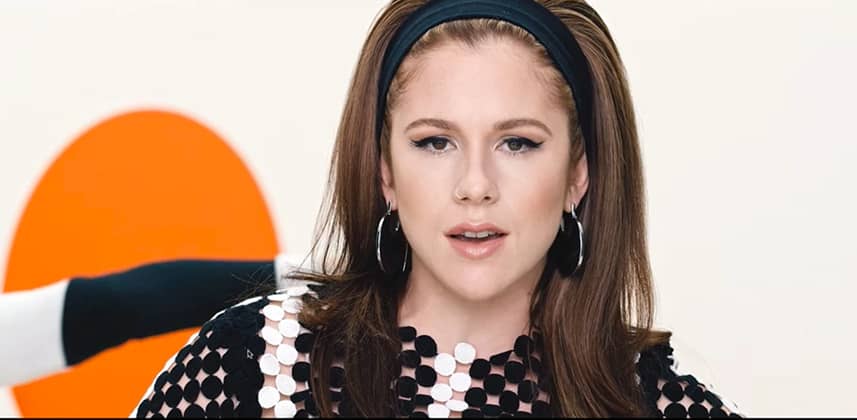| Series |
|---|
One thing all colorists have in common is that we look at every single commercial and music video out there and think why doesn’t my footage look like that?
The truth is that most looks are at least 60% in-camera and our job is to complement the cinematography to get the best pictures possible.
Most of the extreme looks you see have been lit that way and it inspired me to break down some grades and go behind the scenes on lighting the looks.
To give you an idea of how this works I’ve picked two of my favorite grades that are both extremely different and show you behind the scenes of the lighting choices and how I got to the end result.
To prove the theory of lighting being 60% I will also show you two clips that have very similar lighting setups to the projects and how the grades can be achieved in one or two nodes.
My moral of this insight is the hardest part about grading is that we heavily rely on the footage that comes to us to create nice results!
Check out my video below to see more tales from the grading suite.
Enjoy!
– Dan
Member Content
Sorry... the rest of this content is for members only. You'll need to login or Join Now to continue (we hope you do!).
Need more information about our memberships? Click to learn more.
Membership optionsMember Login


